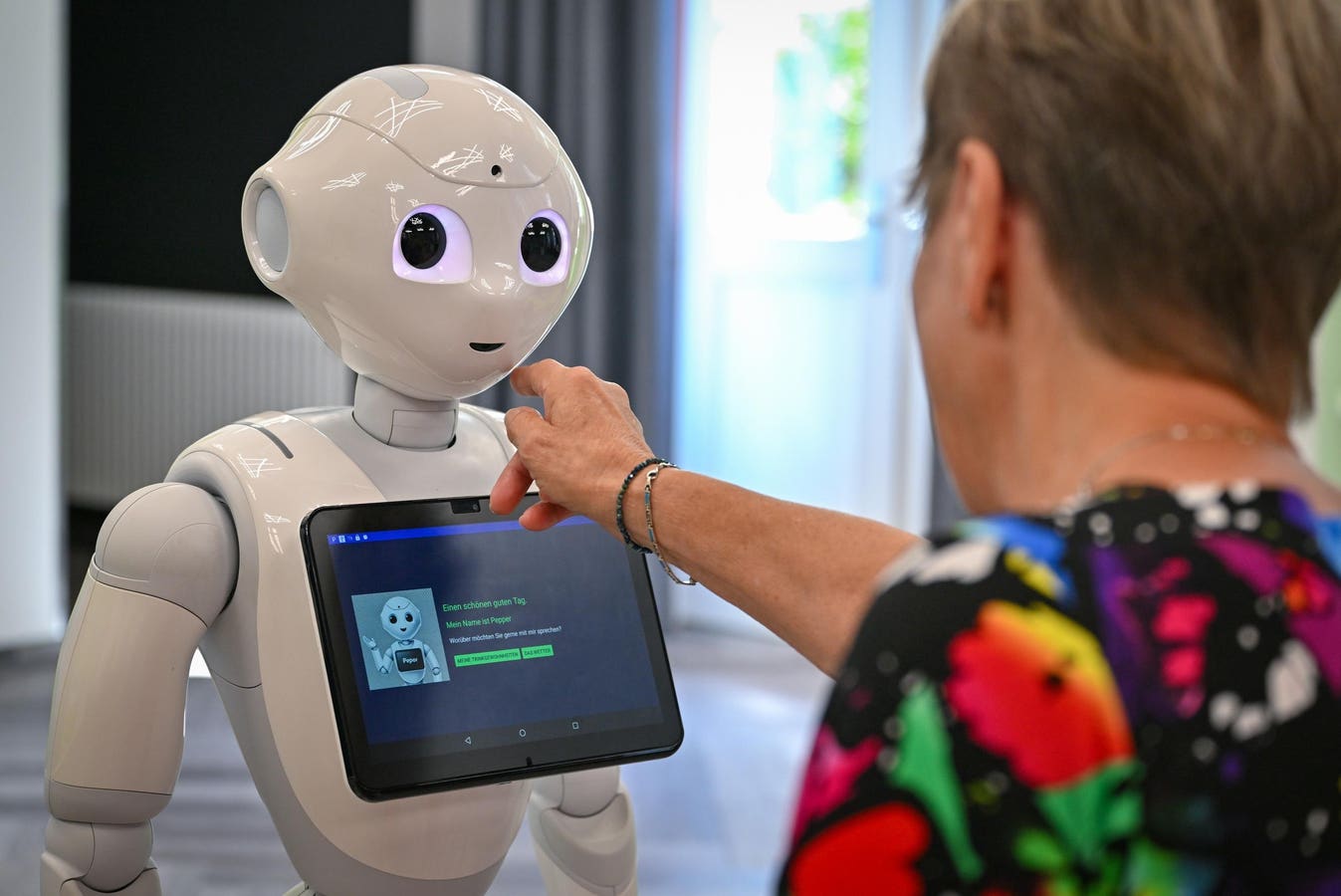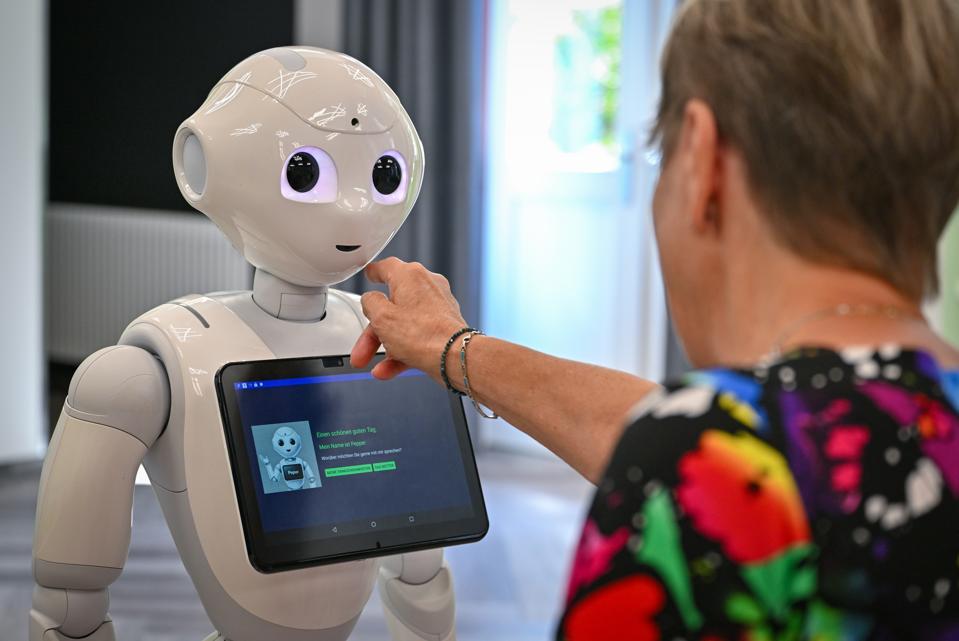Artificial intelligence is primed to change healthcare. One leader from Cisco discusses how.
dpa/picture alliance via Getty Images
Artificial intelligence is the most hyped and misunderstood force in healthcare today. For all the headlines about breakthrough models and digital transformation, the true question is whether we’ve built the infrastructure to make those innovations usable, safe, and scalable.
As someone who leads a large health plan serving hundreds of thousands of older adults, I see both the promise and the peril of AI every day. It has the potential to transform how we deliver care — but also to widen inequities and create new risks if we fail to manage it thoughtfully.
To better understand what it will take to build AI systems that are secure, responsive, and clinically meaningful, I interviewed Greg Dorai, Senior Vice President and General Manager of Switching at Cisco. Dorai oversees some of the most advanced networking technologies in the world — and he argues that the key to AI’s success in healthcare isn’t just smarter algorithms, but smarter infrastructure.
What follows is our conversation about AI’s transformative potential and pitfalls.
How do you see AI changing healthcare?
AI is already reshaping healthcare across clinical care, operations, and research. Clinically, it enables earlier and more precise diagnoses, more personalized treatments, and improved outcomes. Operationally, it streamlines workflows, reduces errors, and improves efficiency. In research, it accelerates drug discovery and clinical trial matching, while in education, AI-driven simulations are transforming how medical professionals train.
These benefits are no longer theoretical. Predictive AI models now help hospitals anticipate bed occupancy, improving resource allocation and patient flow. In breast cancer screening, AI has increased detection rates without raising false positives. But these applications depend on a network infrastructure capable of handling exponentially larger workloads.
Scaling the benefits of AI safely and consistently will require more than algorithms. It will demand secure, high-speed, low-latency networks that ensure intelligence is shared and acted upon in real time — exactly when and where care is delivered.
What are the potential pitfalls of AI in healthcare?
The risks are as real as the opportunities. Algorithms trained on narrow datasets may miss critical signals when applied to broader populations. Tools that perform well in research can introduce friction in clinical practice.
Cybersecurity is perhaps the greatest concern. Healthcare is already the leading target for cyberattacks due to its sensitive data and reliance on connected devices. As AI expands across hospitals, clinics, and homes, the attack surface grows significantly.
Protecting AI data flow requires more than endpoint defenses. It calls for intelligent networks that can automatically decide who or what can connect, what they can access, and for how long — all at the same speed that AI workloads operate. And all without adding complexity for those who build and manage them.
How can AI enhance the patient experience in healthcare?
For patients, AI promises faster, more personalized, and more connected care. It can enable earlier diagnoses, tailor treatments, and reduce friction in how people interact with the healthcare system.
Remote monitoring is a powerful example. Wearable cardiac devices can detect early signs of arrhythmia and alert care teams in time to intervene. But those insights only matter if the underlying network delivers them securely and instantly to the right clinician.
As care continues to extend beyond hospitals — into clinics, campuses, and homes — trusted connectivity becomes the foundation for patients to benefit fully from AI-enabled care. In the age of AI, the network is the critical infrastructure for the critical moments in healthcare.
How can AI enhance the workforce experience in healthcare?
AI can dramatically improve the workforce experience by automating routine tasks, offering decision support, and enriching training — giving clinicians more time to focus on care.
Generative AI scribes are already reducing the burden of note-taking. Predictive tools are improving staffing efficiency. And advanced simulations are strengthening skills for complex procedures, as we see in robotic surgery today.
The challenge now is scale. To extend these benefits across every care setting — from operating rooms to home health — organizations need network infrastructure capable of handling high-compute, low-latency workloads securely and reliably.
As Dorai notes, the future of AI in healthcare will depend less on the brilliance of algorithms and more on the robustness of the systems that connect them. If AI is the brain of the new healthcare ecosystem, the network is its nervous system — transmitting intelligence safely, instantly, and reliably across every node of care.
The hospitals, health plans, and systems that recognize this early will not only deliver smarter care — they’ll deliver fairer, faster, and more connected care. The age of AI in healthcare won’t be won by the best code, but by the best connectivity.
Editor’s Note: This interview has been lightly edited and condensed for clarity and flow.

